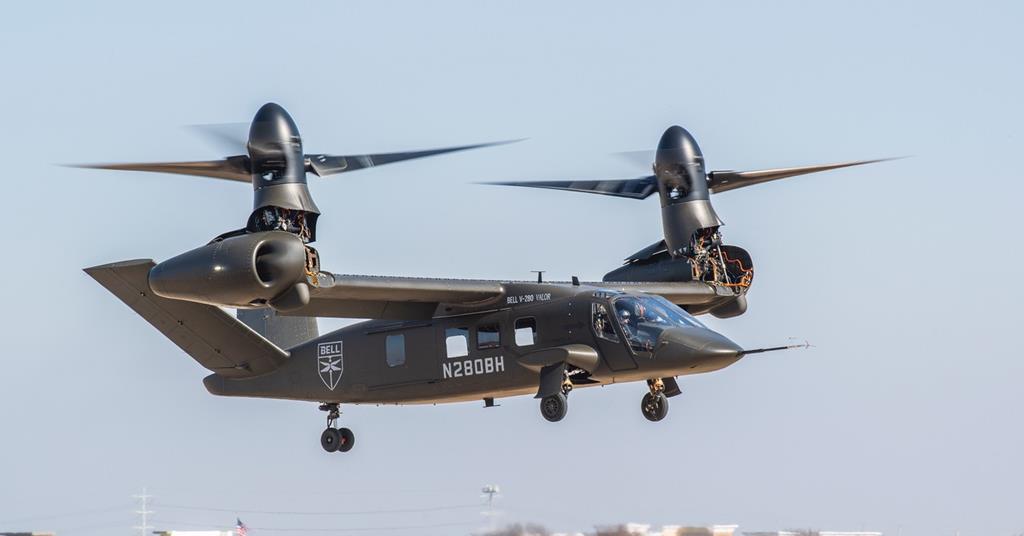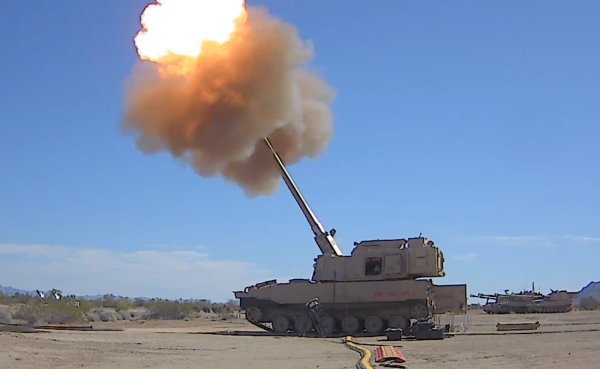A recent discussion in the RAAF thread about the AIR6500 program led me to look into the current state of US GBAD, and it does look like there are some rather curious gaps in it that do not exist in the surface to air arsenal of, say, the USN. From what I can tell, the US currently has a GBAD set up that is well oriented toward defeating enemy BM barrages and aircraft (primarily fixed wing) but little else. In the context of a decades-long counter-insurgency campaign in places like Iraq and Afghanistan, it makes sense that this capability did not evolve in quite the same way as others.
With that said, the return to great power competition along with the proliferation of land-attack cruise missiles and small, low cost UAVs has, in my view, changed the way GBAD ought to be viewed and utilised by US forces. As a rough example, one might look at the Iranian Abqaiq attack as an indication of the emerging threat. From what I can glean, the facility in question was in fact being guarded by a Patriot battery alongside several antiquated Skyguard and Shahine (evolved Crotale) systems.

It is important to note that poor operating practices could well have been at play here, but I don’t think this eliminates the technical dimension entirely – an over-reliance on Patriot alone for C-UAS and C-LACM purposes strikes me as problematic, but US forces have little else to use in the hard-kill GBAD space.
Contrast the success of the Abqaiq attack with the utter failure of Houthi AShM launches on the USS Mason; on one hand you have a GBAD setup with only one effector capable of targeting the inbounds (Patriot) and on the other you have a vessel with multiple layers of available hard and soft kill measures that could be employed against the threat, with the results speaking for themselves. In the quest for a solution to the enemy LACM/UAV swarm problem, I would submit to you (my fellow DTers) that the USN has already found it.
As I said in the RAAF thread, I would posit that the hard-kill components of a future IAMD network could be built around a mobile “Aegis Ashore” system pairing the equivalent of a truck mounted ~4 cell Mk41 VLS with the needed supporting assets (control vehicles, LTMADS etc). This would immediately provide a wider range of hard-kill effectors (ESSM, SM2/3/6… maybe PAC3?) capable of hitting the full range of air breathing and ballistic targets. Most importantly, it would also open up the possibility of pairing long range SAMs like SM6 with airborne sensors to hit targets below the radar horizon (LACM) at extended range, providing much needed reaction time and engagement options. In many ways it is a shame that the US JLENS program died the way it did, as a functioning system might be very useful to this end today. The only thing missing here would be the innermost layer (CIWS-analogue), which could include a mobile SPAAG using a combination of Millenium Gun-esque fragmenting/proximity fuzed 30mm+ ammunition & Stinger, and/or one of the laser based solutions currently being explored in the US and/or the MML + MHTK concept being tested in recent years (useful for C-RAM too).
Please note I have deliberately left soft kill measures out of this because I feel the EW space is vast enough to warrant an entirely separate conversation. Suffice it to say that systems like LMADIS strike me as being just as, if not more important in providing protection to deployed forces, especially against UAV attack. I hope this is not straying too far into the realms of fantasy land as I am trying to view this through the lens of what-comes-after-Patriot. In this context I posit that simply adapting existing and planned naval surface to air systems to GBAD might actually provide a very suitable and flexible solution, without the expense of developing a completely clean-sheet design(s) from scratch.
Interested to hear the thoughts of others on this!







